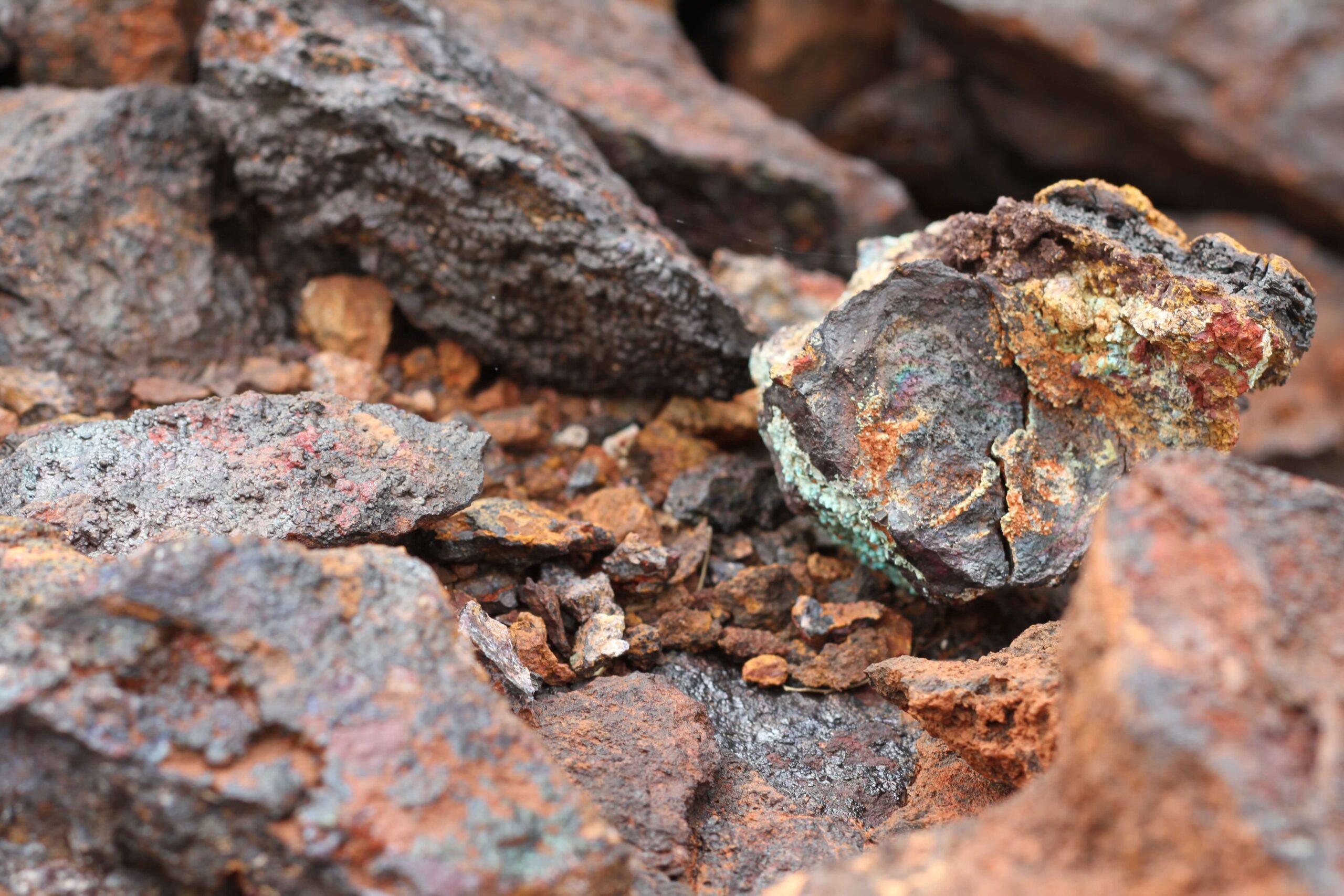Yes, this means there are other ones you do know about… such as the garment factory workers in Cambodia and Bangladesh, or the alleged Uygur forced labor camps in China… I was astonished and saddened to learn about the situation of workers in the Democratic Republic of Congo (DRC), as explained by Siddharth Kara in a recent “The Joe Rogan Experience” episode.
Siddharth Kara is a human rights activist and author who has been researching and writing about modern slavery for over two decades. Kara recently wrote a book that focuses on\ the exploitation of workers in the mining industry in the Democratic Republic of Congo (DRC).

Cobalt Mining in DRC
In the DRC, cobalt is a major export and is used in the production of lithium-ion batteries for electronic devices such as smartphones and laptops. The cobalt mining industry in the DRC has been criticized for its poor working conditions, including the use of child labor and the lack of protective equipment for workers. Kara argues that these practices amount to modern slavery and that companies that profit from the cobalt mining industry have a moral obligation to ensure that their supply chains are free of slavery.

Kara also discusses the concept of “bonded labor,” which is a form of slavery in which workers are required to work to pay off a debt. This practice is common in the mining industry in the DRC, and Kara argues that it is a violation of international law. He calls on companies to take steps to ensure that their supply chains are free of bonded labor and to hold their suppliers accountable for any violations.
The article concludes by highlighting the role of consumers in addressing the issue of modern slavery in the cobalt mining industry. Kara argues that consumers have the power to demand change by choosing to buy products from companies that have a commitment to ethical sourcing and labor practices.
The Concept of Modern Slavery
Classic slavery, also known as historical or ancient slavery, refers to the practice of owning another person as property and using their labor for the benefit of the owner. This practice was institutionalized and legally recognized in many societies throughout history and was often justified on the basis of race, ethnicity, or social status.
In contrast, modern slavery refers to the exploitation of people through the use of force, fraud, or coercion for the purpose of labor or commercial sex. Modern slavery can take many forms, including human trafficking, forced labor, debt bondage, and child labor. Unlike classic slavery, modern slavery is not necessarily a legally recognized institution, but rather a hidden and often illegal activity that occurs at the margins of society.

One key difference between classic and modern slavery is that classic slavery was often an institutionalized structure legitimized by governments and other public actors, while modern slavery happens at the margins of such institutions. In classic slavery, the ownership of slaves was often codified in law and slaves were treated as property rather than as human beings. In modern slavery, people are often paid for their labor, although these wages may be insufficient, especially when correcting for the market value of the end goods.
Another difference between classic and modern slavery is that modern slavery is often more complex and part of a very segmented supply chain, where the responsibility is very diluted across the different steps and companies involved. This makes it difficult to trace the origin of goods and services and hold those responsible accountable.
In conclusion, while classic and modern slavery both involve the exploitation of people for labor or commercial sex, they differ in the way they are institutionalized and the extent to which they are recognized by governments and other public actors. Classic slavery was an institutionalized structure while modern slavery occurs at the margins of such institutions. Modern slavery is also often more complex and part of a segmented supply chain, making it difficult to trace and hold those responsible accountable.
Will We Ever Learn?
When I started this blog, my main objective was to spread the word about human rights issues in the fashion industry. After the Rana Plaza factory collapse in Bangladesh, this became a more visible problem, but I believed most people were still in the dark about such issues and kept buying fast fashion. But that was just the tip of the iceberg, the global supply chain is rife with injustice and greed, and the sad answer to the question heading this paragraph is “no”.
The solution will ultimately depend on political will to regulate, consumer pressure on corporations, and the “good heart” of those involved in these chains of death. Such trifecta is a lengthy and unlikely one but I do believe there is a way out.
The book by Siddharth Kara is called Cobalt Red: How the Blood of the Congo Powers Our Lives and it’s available for pre-order on Amazon.

